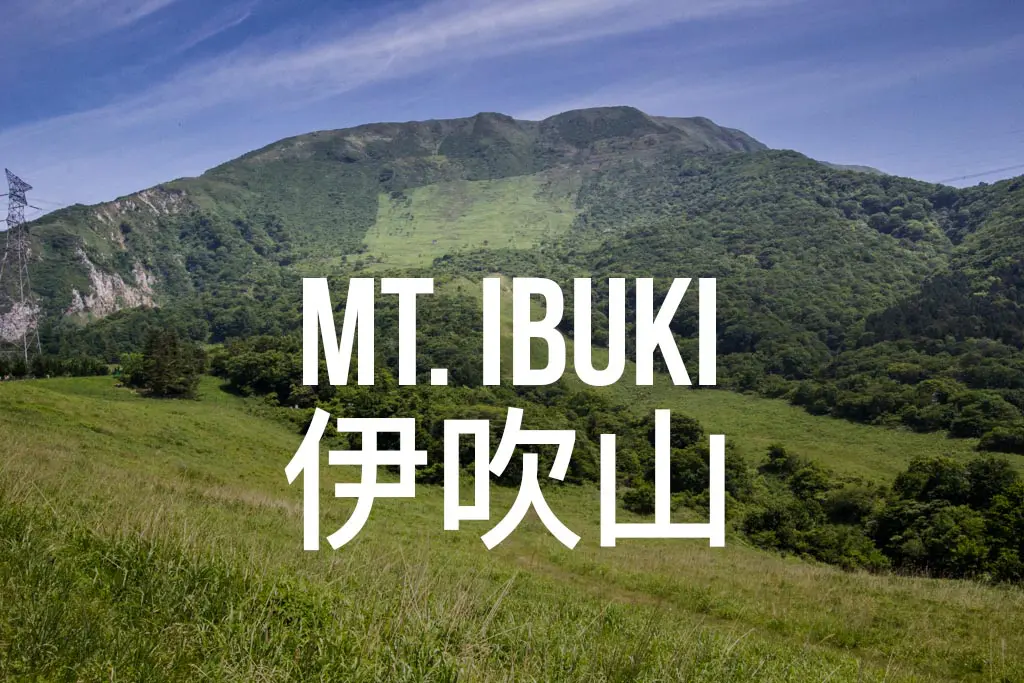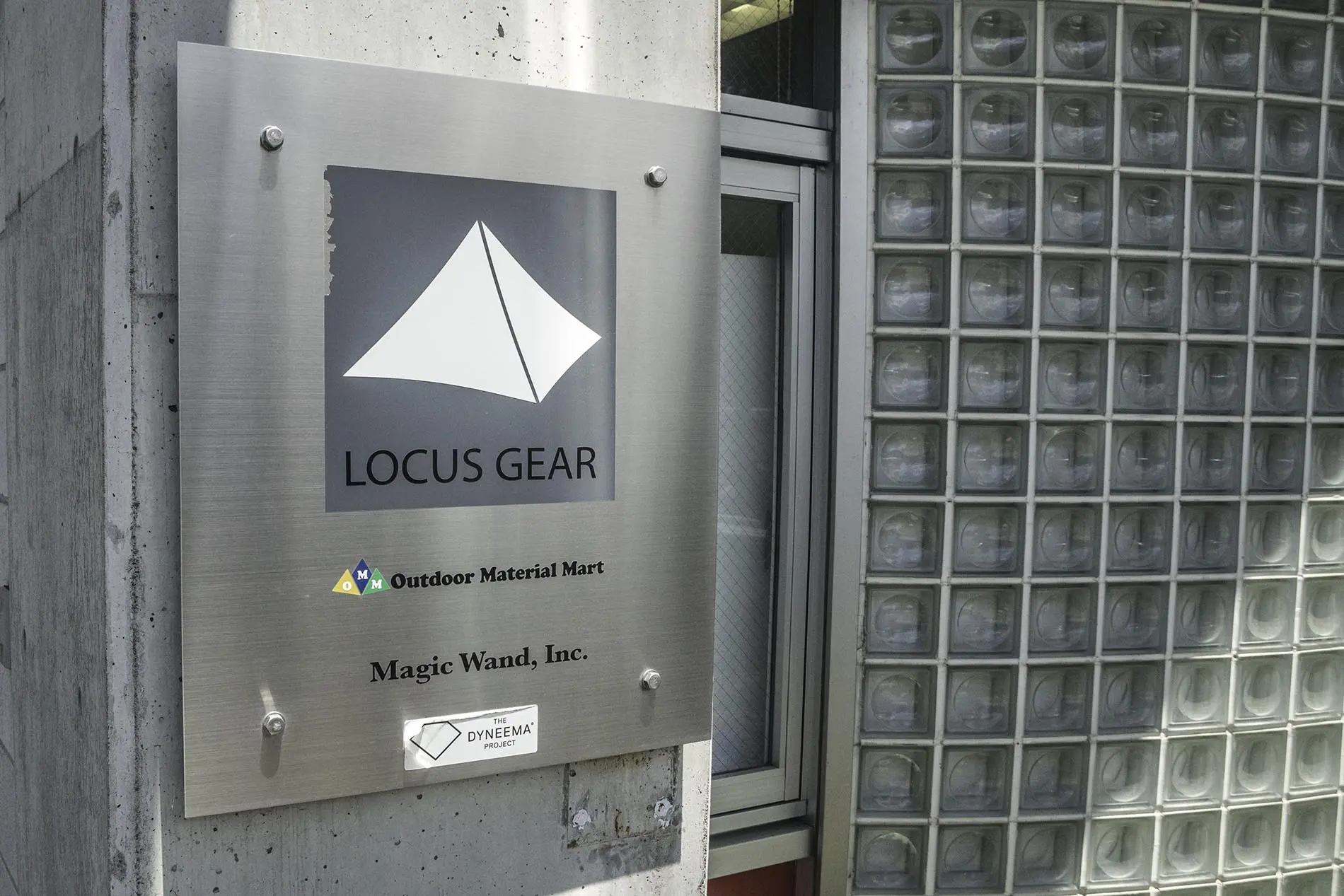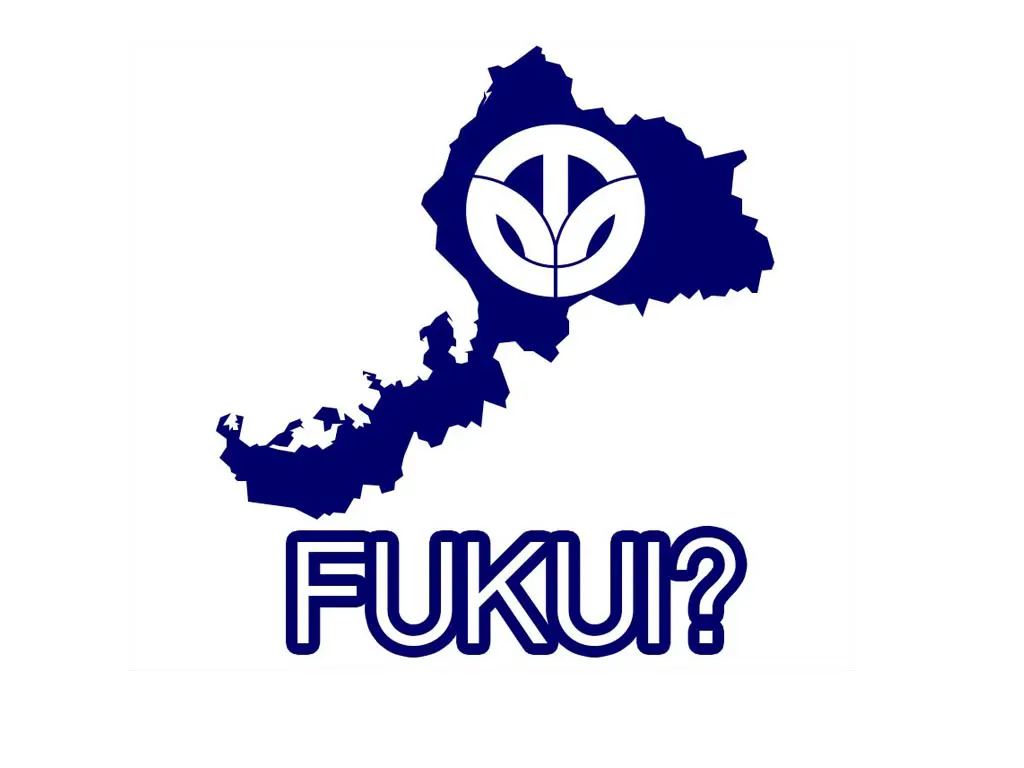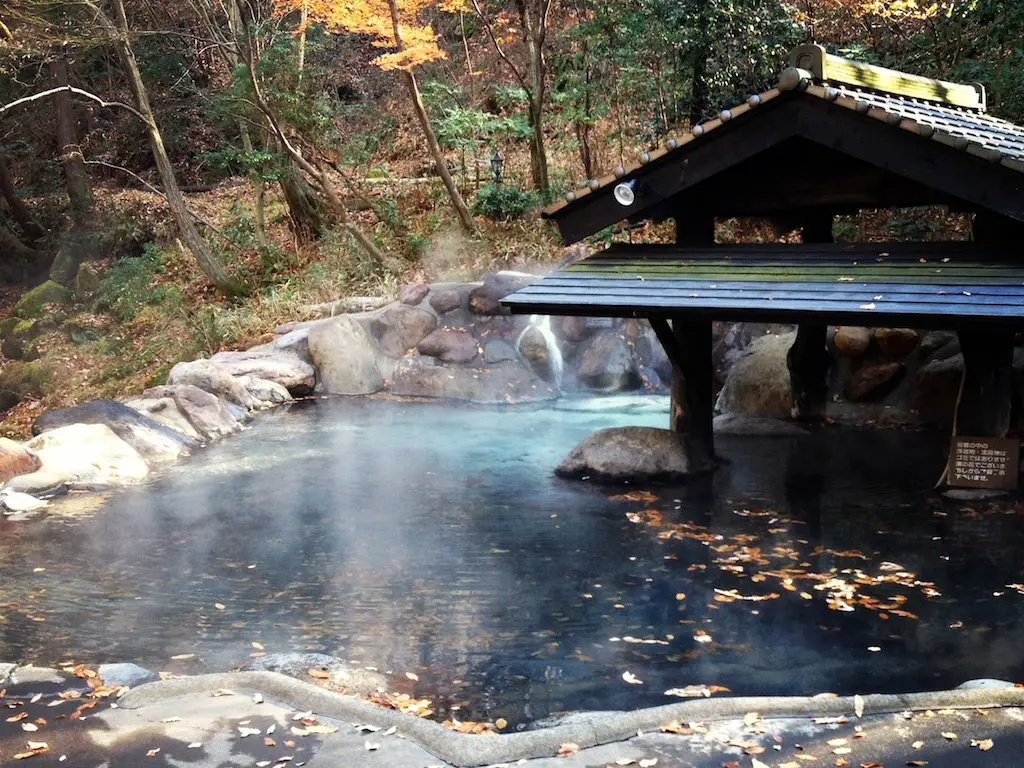Hiking Mount Ibuki (伊吹山) in Japan
- Name: Mount Ibuki
- Japanese name: 伊吹山 (Ibukiyama)
- Location: Maibara, Shiga (滋賀県米原市)
- Summit elevation: 4,518 ft / 1,377 m
- Elevation change: 2,788 ft / 850 m
- Round-trip distance from trailhead: 8.71 mi / 14 km
- Round-trip time from trailhead*: 4:13 moving time / 5:25 total time
- Difficulty: Moderate
- Water on trail: Yes
- Trailhead facilities: Parking, bathrooms, shops, water, vending machines
- Nihon Hyaku-meizan: Yes
Mount Ibuki (伊吹山, Ibukiyama) is located on the eastern shore of Lake Biwa (琵琶湖) in Shiga Prefecture (滋賀県) on the border with Gifu (岐阜).
The summit can be reached via a trail up the southwestern face of the mountain or via toll road and car (which, as you will read further down, makes the summit an awful place).
It’s one of Japan’s 100 Famous Mountains, and can be easily hiked in a single day (up and down).
*Note: The round-trip time listed above is based on my experience. Please remember that your time may vary significantly.
Getting to Mount Ibuki
- Region: Kansai (関西地方)
- Accessible via public transportation: Yes
- Trailhead parking: Yes
- Trailhead coordinates: 35.394449, 136.383000
- Summit coordinates: 35.417745, 136.406261
By Car
With your own transportation, getting to Mount Ibuki is not difficult. The trail begins at Sannomiya Shrine (35.394449, 136.383000) which is at the back of a small residential area at the base of the mountain. Parking is ¥500, but if you’re lucky you may be able to find somewhere a short walk away for free (I had no such luck). Even if you are willing to pay for parking, I suggest trying a bit north of the shrine to find local residents with large lots eager to accept your money; this way you avoid the crowds and congested narrow streets.
By Train
The nearest station to the trailhead is Ominagaoka Station (近江長岡) off the JR Tokaido Main Line (東海道本線). It’s a 3 mi / 4.9 km walk from the station to the trailhead, but you will still be able to make it up and down Mount Ibuki if you arrive early.
If you don’t like the idea of walking, you can also catch the bus bound for Ibukiyama Tozanguchi (伊吹山登山口) to get you to the trailhead. Click here for that bus schedule.
By Bus
You can also reach the Mount Ibuki trailhead via bus from Shiga’s Nagahama Station (長浜) if walking or busing from Ominagaoka Station doesn’t sound too exciting (although this route is a bit slower). Click here for the schedule.

The Hike
Just past the shrine and trail map, you will see the trail leaving up some steps and into the forest.
The hike up Mount Ibuki begins with a climb through a mostly tree-shaded hillside and up to another parking lot at the base of an abandoned ski resort (not as spooky as it sounds).
Here, you will find a bathroom (possibly with running water), vending machines, benches, and another small parking area for those who don’t want to hike from the bottom (there is a road that continues ever farther up—but no, this is not the toll road that continues to the summit).
The trail climbs steeply from here until your next waypoint (the flat area just past the top of the disused gondola). To compensate, you’ll start to get some views back towards Maibara and Lake Biwa.

After about forty minutes of climbing, you will reach the aforementioned waypoint, the Fifth Station (五合目). Here, you’ll find an area with covered seating, a bathroom, more of those terrible vending machines, and yet another parking lot (because some people can’t be bothered to hike up from the trailhead).
Hang out here and/or grab your last refreshment before you head up towards the summit (you’ve still got a way to go).
From here forward, the trail is uphill, exposed, and almost entirely switchbacks. If you’ve found yourself hiking on a crowded day (like I did), then be aware that you may need to spend much of your time climbing, attempting to pass, and hanging about with large groups of schoolchildren.

As you start up the switchbacks, you know exactly what to expect since you can now see the trail to the top (and if you can’t, just know it keeps switchbacking above you).
The now exposed trail offers few places to escape the elements except the Sixth Station (六合目) shelter or some tree coverage before the switchbacks get out of hand.
When you get back to the top, make a right to head towards the circus of shops and the summit marker, or take a left to grab some more intimate views before heading into the crowds of tourists who drove to the summit.

The Summit
The summit of Mount Ibuki is a large plateau that would generally be an enjoyable place to relax and take in the scenery (and it still is, so long as you aren’t as bitter and jaded as I am).
However, Mount Ibuki’s summit, like the summit of Mt Fuji, has been turned into a commercialized tourist attraction, completely stripped of any semblance of “being in nature.”
I wouldn’t have much against this hike if it weren’t for the disaster that the summit has become. At least a dozen buildings, shops, restrooms, and even people walking around in high heels pollute the otherwise beautiful landscape (you might as well be at the mall).

Fortunately, the summit is large enough that you will have space to escape the crowds and get some space and views to yourself. Depending on the weather and the time of day, you could have views of Lake Biwa, Hakusan, the Japan Alps, and even a peek at Nagoya if your eyes are keen.
The builders of the road up to the summit at least had the awareness (or possibly it was just because of the ski resort that was here) to build the road mostly out of sight so you wouldn’t have to deal with cars rolling directly past you as you enjoy the view.
A loop trail down to the parking lot (and another bathroom) encircles the summit. If you’re feeling like the climb wasn’t enough for you, it should take you about half an hour to forty minutes to complete. Along this trail, you can find another summit marker, an old shrine, and some large metal walls whose purpose I could not understand (maybe something to do with the ski resort).

When you’re finished, head back down the way you came (or try hitching to your next destination from the summit parking lot? You Might as well take advantage of it being there, right?).
If you have time on the way down, you can check out the disused buildings at the top of the gondola (just past the Fifth Station) if you feel like some urban exploration. If you missed them on your way up, the buildings should be very obviously visible on the way down.

Map of Mount Ibuki
The following was my GPS’s route on my hike up Mount Ibuki.
I have no guarantee that this route is correct or can be accurately relied upon for backcountry navigation. It should serve only as a general guideline for what the trail is expected to look like.
I have also included screenshots of the recorded elevation profile and hike’s overall stats in case any of you find any of it useful (imperial on the left, metric on the right).





Conclusion
Mount Ibuki has both pros and cons.
If you are set on bagging Japan’s 100 Famous Mountains, love switchbacks, and want a lengthy but uncomplicated day hike with plenty of resources, then you’ve found your match.
On the other hand, if you hate crowds, can’t stand to see the mountains of Japan decimated by commercialism, and want to actually “get out in the mountains” for the day, then Mount Ibuki is best left for another time.
Do you have any questions about Mount Ibuki? Want another post about another one of Japan’s mountains? Do you have a suggestion for improving this information?
Leave a comment and let me know!







Hey, thanks for describing the hike! I live nearby so I thought of going there but I’m also not a fan of crowds and nature places turned into big tourist attractions.
I would suggest going (very) early in the morning to avoid this.
Thanks Tyler San
i wish my short legs could do that hike!
Butters
You’re small enough to be carried, バターズさん